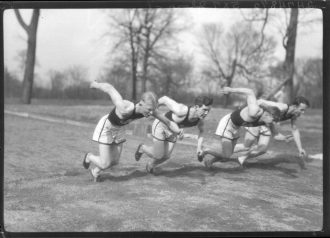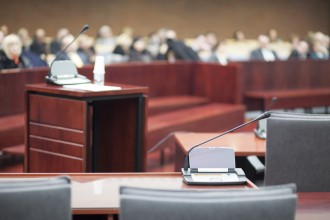
March 27, 2015
“STRATEGIC PERSPECTIVES: TTAB results not a guarantee of district court performance,” IP Law Daily, March 27, 2015
This week’s big story in the world of trademarks is that in B&B Hardware, Inc. v. Hargis Industries, Inc., the Supreme Court held that issue preclusion should apply to TTAB adjudications on the issue of likelihood of confusion. The bigger story, however, is that issue preclusion only applies “where other ordinary elements of issue preclusion are met” and where “the usages adjudicated by the TTAB are materially the same.” With these provisos, the Supreme Court’s decision amounts to no more than the banal statement that issue preclusion applies if issue preclusion should apply.
If the same parties are fighting over the same marks, one might wonder when wouldn’t issue preclusion apply. However, the TTAB’s evaluation of likelihood of confusion is based only upon the records of the USPTO, and not the real world. Specifically, the TTAB decides the case based upon how the mark appears in the application or registration at issue. Considerations of stylized presentation, use of house marks, and disclaimers generally do not factor in to the TTAB’s decision. Similarly, differences in to whom the goods or services are sold, how the goods or services are sold, or where the goods or services are sold generally are not considered unless reflected somehow in the descriptions before the TTAB. Thus, while the TTAB applies the duPont factors (In re E.I. du Pont de Nemours & Co., 476 F.2d 1357, 177 USPQ 563 (CCPA 1973)), which are generally similar to the multifactor tests applied by the district courts, the TTAB’s application of these factors is constrained to what is before the USPTO, not what is actually going on in the marketplace.
How will B&B Hardware affect trademark opposition/cancellation practice?
…


